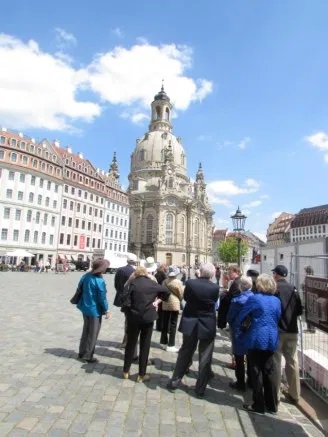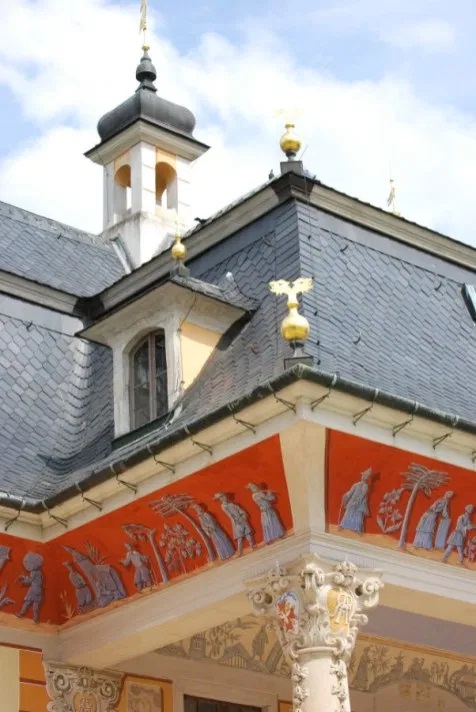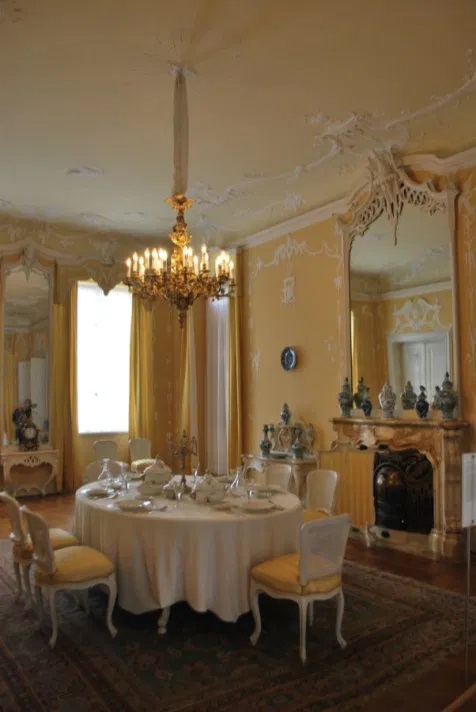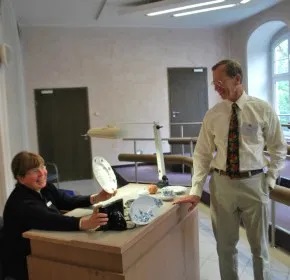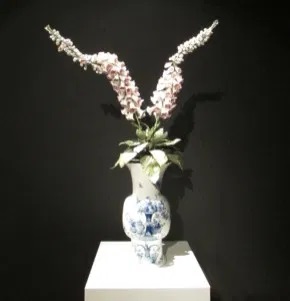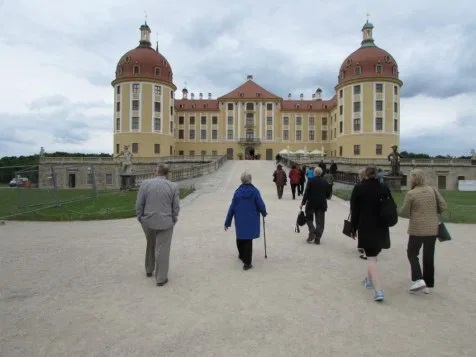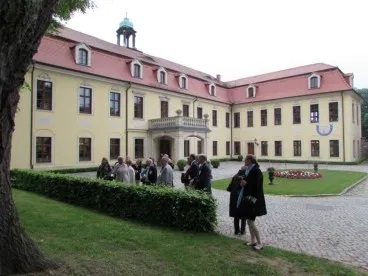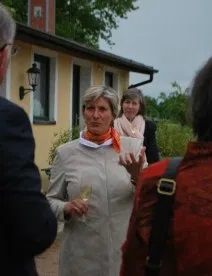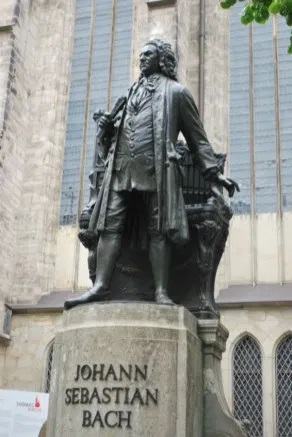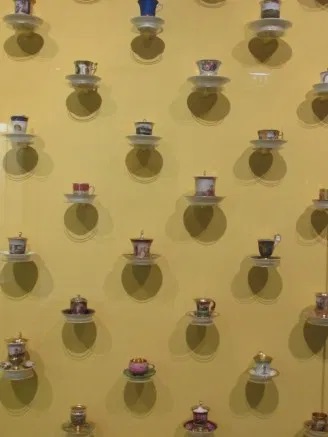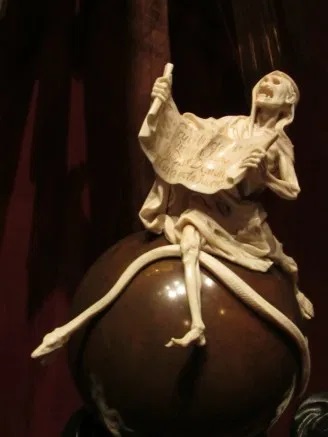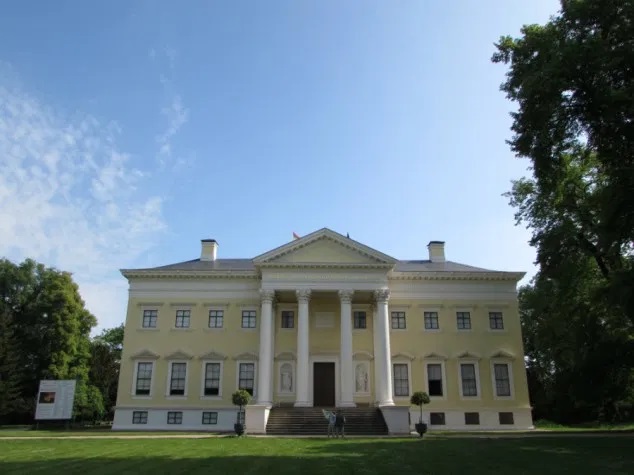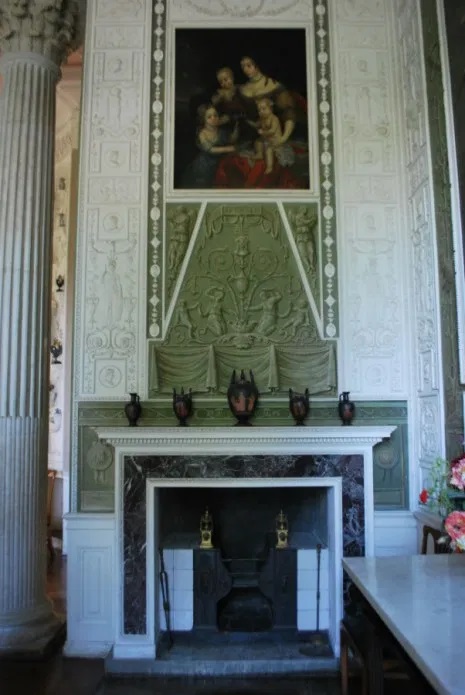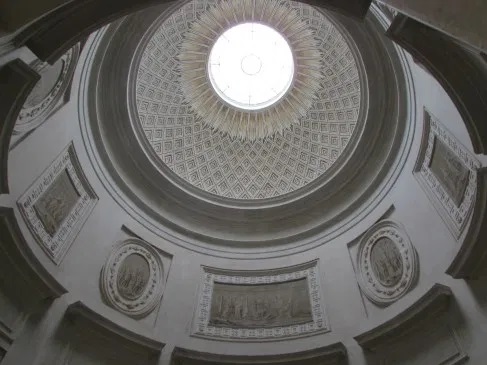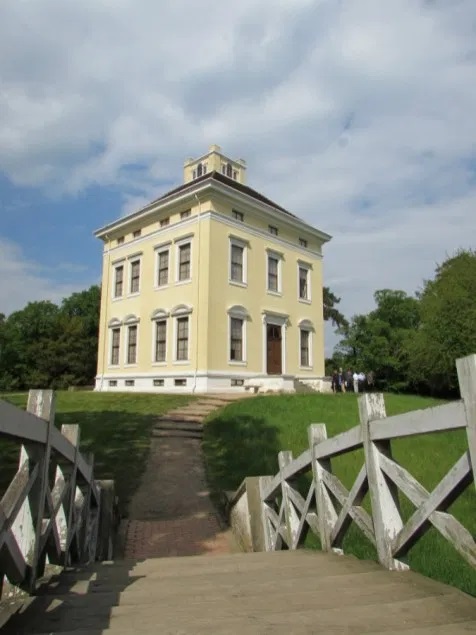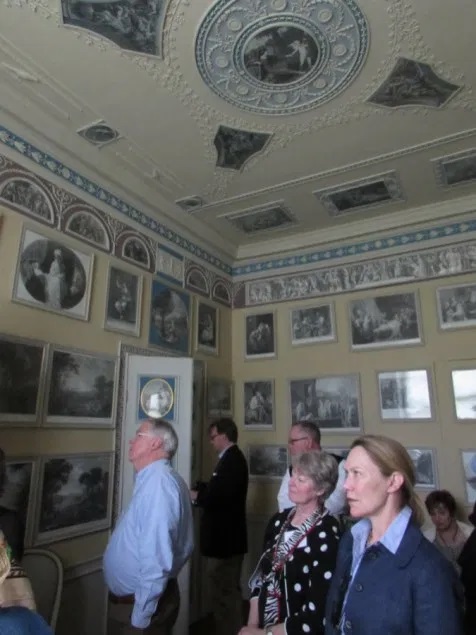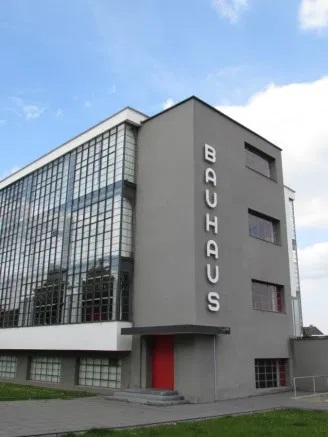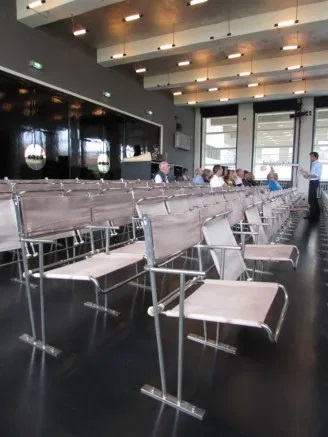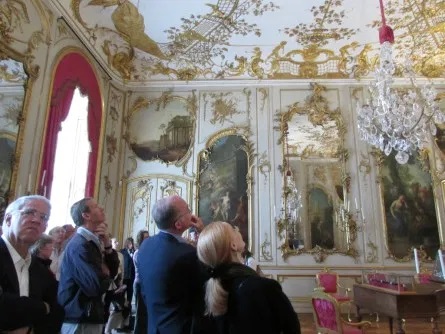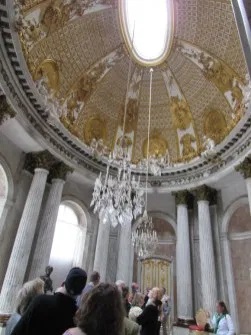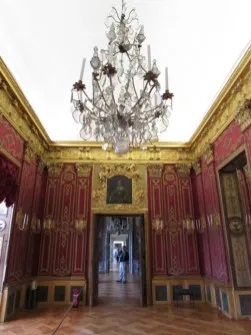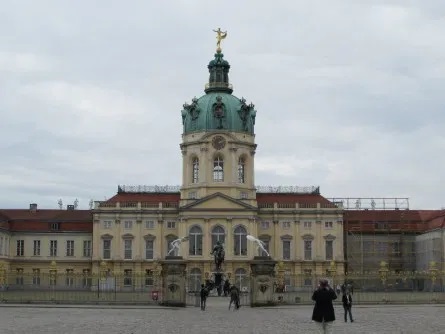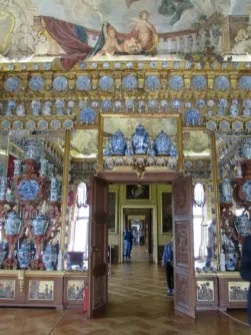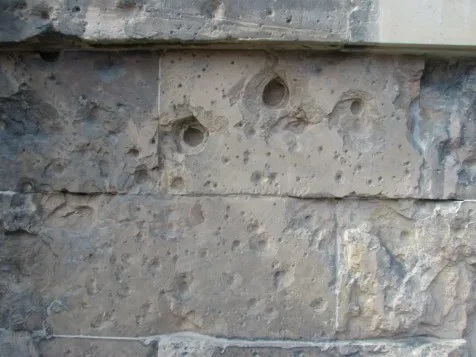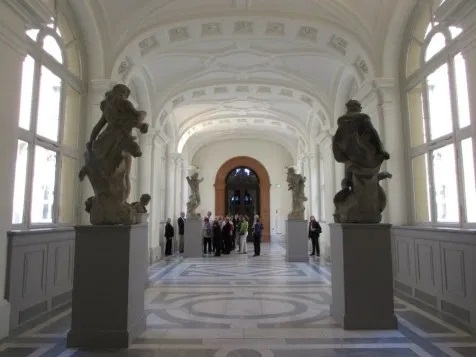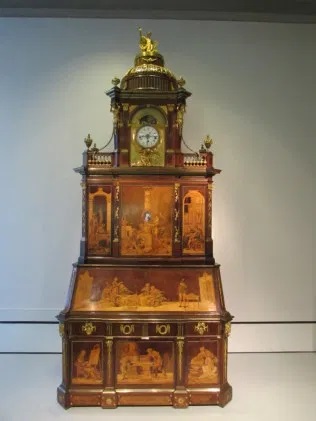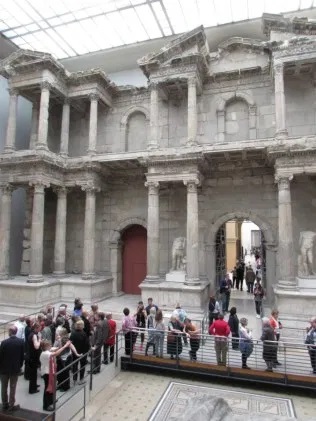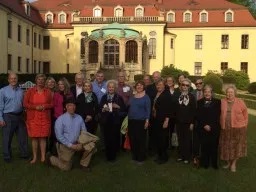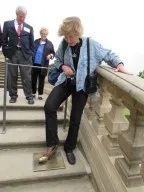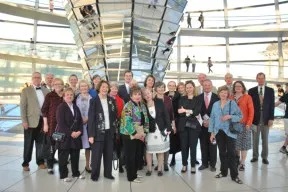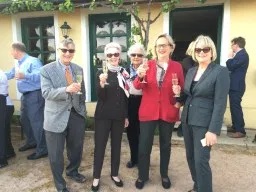The Decorative Arts Trust in Germany: Courtly Collections in Dresden, Leipzig, and Berlin

Spring is always a busy time for the Trust, and 2015 proved no exception, with two Study Trips Abroad to Germany. The itinerary focused on the eastern portion of the country, beginning in Dresden, and swinging up to Berlin in a large arc through Leipzig, Wittenburg, and Potsdam. Although the age of many of the cultural institutions and collections visited during this trip can be numbered in centuries, the political landscape of Germany has undergone numerous drastic changes within living memory. Particularly in the former East Germany, the memory of these changes—and the collective past the country continues to face—proved to be just as energizing and memorable to the participants on the trip as the gorgeous collections.
The first three days focused on sites around Dresden. As the seat of the electorate, and later kingdom, of Saxony until 1918, the city’s cultural life flourished under the patronage of a series powerful and wealthy rulers, in particular Augustus the Strong, who reigned from 1694 until 1733. Appropriately, the former palace of the ruling House of Wettin—the Residenzschloss, or Dresden Castle—was the first major stop of the tour.
Today, the castle houses five museums. Our time focused on the Historic Green Vault and New Green Vaults, with a brief jaunt through the Turkish Chamber of the Dresden Armory. In the Historic Green Vault, arguably one of the oldest museum institutions in the world, the splendid baroque architecture complemented the lavish displays of jewelry and historic metalwork, presented as an antique treasure chamber. The neoclassically-inspired New Green Vault presents its collection in a more typical museum setting, focusing on the objects themselves rather than the environment, including Johann Melchio Dinglinger’s “Bath of Diana,” whose chalcedony, or silicate quartz, bowl seems to float above its airy base of silver filigree.
The second day introduced the Trust travellers to more iconic sights of the city. Many of the highlights, including the Frauenkirche and Brühl’s Terrace, are simultaneously historic structures and some of Dresden’s newest buildings. Like much of the city, these two landmarks were obliterated during the Allied bombings of February 13th-15th, 1945. For the next fifty years, the rubble of these sites was left largely untouched by local East German authorities as a monument to the war. After reunification, plans moved forward for the reconstruction of these and many edifices using as much original material as possible.
A lunchtime boat trip down the river Elbe brought the group to Schloss Pillnitz, the summer palace of the rulers of Saxony. Now housing the Arts and Crafts Museum, the Dresden State Art collections, and the Palace Museum, the complex still exhibits the succession of decorative campaigns undertaken in the 18th and 19th century.
Day three began with a trip to Meissen and the Museum of the Porcelain Factory, where true porcelain was first manufactured in Europe beginning in 1710. During a tour of the Meissen Factory Museum, participants not only learned about the manufacture of true hard-paste porcelain in Europe, but also about the business model that made the company so successful. The manufacturing process was kept secret for as long as possible, but to safeguard company interest, Meissen introduced its iconic crossed swords logo in 1720 as one of Europe’s oldest trademarks.
The afternoon included two sites. Schloss Moritzburg, which began its life as a hunting lodge, pays homage to this heritage through Augustus the Strong’s collection of hunting equipment and trophies, including an assemblage of 71 red deer antlers in the dining room, among them the heaviest antler of it’s kind in the world, weighing 44 pounds. Trust members also enjoyed a special visit to the adjacent Saxon State Stud stables. The magnificent thoroughbred horses, though not among the decorative arts, were a gorgeous site as the trainers put them through their paces.
A highlight for many Trust travelers a tour of the vineyards of Schloss Proschwitz, the ancestral home of the Prinz and Prinzessin zur Lippe. Like many Germans, they have sought to reconstruct their heritage after reunification, in this case through repurchasing the house and land historically owned by their family, and returning the farm and vineyards into beneficial additions to the local economy. Their story, which stretches back decades, became an abiding memory for many on the tour.
The following morning, the group left Dresden for Wittenburg, by way of Leipzig. While the city’s most famous resident for English-speaking audiences is composer Johann Sebastian Bach, Leipzig has long been a hub of international trade, and it’s annual trade fair is the oldest in the world. The walking tour of the town allowed the group to discover many of the city’s surviving historic buildings such as the Market and Old Town Hall, but also new and rebuilt structures, such as the Felix Mendelsohn Monument in front of the Thomaskirche (where, incidentally, the group was treated to an organ recital of Bach’s music) the original having been demolished by the Nazi regime in 1936. The two museums seen this day, the Grassi Museum of Applied Art and the Museum of Fine Arts, house collections dating from the Middle Ages to the present. Trust members enjoyed displays varying antique lace to ceramics to artists working in the post-unification period.
The next day was filled with architecture, beginning with the Neoclassical grandeur of Schloss Wörlitz, the residence and brainchild of Leopold III, Prince of Anhalt-Dessau. Inspired by English landscape and architecture, the main house, built between 1769 and 1773, is believed to be the earliest neoclassical building on mainland Europe. Likewise, the estate’s Gothic House drew inspiration from Horace Walpole’s Strawberry Hill. Architect Friedrich Wilhelm von Ermannsdorff also built the cubic Schloss Luisium nearby for Leopold’s wife Luise Wilhelmine of Brandenburg-Schwedt. The interiors drew inspiration from the recently discovered ruins of Pompeii and Herculaneum.
Centuries later, simple shapes such as cubes played a large role in the Bauhaus movement, though little else can be compared to Wörlitz. Most of the original architects and designers associated with the movement fled to the United States to avoid persecution in advance of World War II, and the school was subsequently occupied by the Nazis during the conflict. Today, the ultra-modern structures of the complex again serve as the architecture school for the local university.
The following day brought the group to Potsdam, right outside of Berlin, to visit the royal palace of Sans Souci. Although reminiscent of Versailles, Sans Souci was built as a private home for the kings of Prussia. Occupying only one story, the sumptuous interior pointedly made no provision for court life. Frederick the Great only entertained his close friends, artists, and scholars there.
By contrast, Charlottenburg Palace in Western Berlin encompassed all the pomp of royal life, including the lavish display of the Prussian Royal collections, including the Porzellankabinett, or porcelain room. The floor-to-ceiling display of blue and white Chinese and Japenese porcelain glistened against their gilt and mirrored backgrounds, truly a vision to make any ceramics enthusiast go starry-eyed.
The final two days of the trip were spent in Berlin proper, enjoying the city’s spacious thoroughfares and fine museums. As is to be expected, the Trust travellers enjoyed visits to several spectacular decorative arts collections at the Bode Museum, the Museum of Decorative Arts, and Schloss Köpenic. The artistic tastes of Frederick III were displayed through the spectacular desk built by David Roentgen, now on view at the Museum of Decorative Arts. This masterpiece of cabinet making and clockwork is complex that Roentgen provided a book to explain its inner workings—a video showing some of its mechanical wonders can be seen here (N.B. link to Met’s video). Any visit to Berlin’s museums, however, would not be complete without paying homage to two of the most iconic exhibits: the Pergamon Altar at the Pergamon Museum, and the Bust of Nefertiti at the Neues Museum.
Thank you to all who participated in this trip, either in person, or through this blog! It was truly a pleasure to take forty Trust members to Germany, and we hope you’ll share your favorite memories or objects with us in the comments below.
Stay tuned for further, more regular, updates from this blog in the coming months! We have an exciting schedule lined up, including September’s Maine symposium and the fall study trip to Sicily!

About The Decorative Arts Trust Bulletin
Formerly known as the "blog,” the Bulletin features new research and scholarship, travelogues, book reviews, and museum and gallery exhibitions. The Bulletin complements The Magazine of the Decorative Arts Trust, our biannual members publication.










